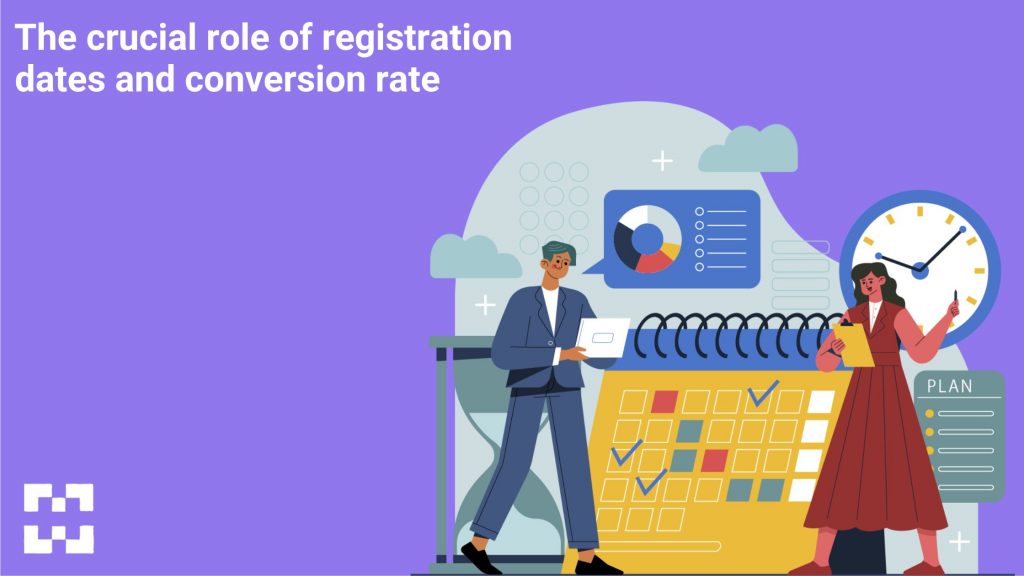
Introduction:
In the ever-evolving landscape of virtual events, success hinges on meticulous planning and strategic decisions. Among these, the registration date plays a pivotal role, influencing not only attendee numbers but also the conversion rate—the percentage of potential attendees who register and actually participate. This blog explores how the timing of registration, when coupled with a focus on conversion rates, can amplify the overall success of your virtual event.
Building Anticipation for Higher Conversions:
A well-timed registration date contributes to building anticipation, a factor that directly impacts conversion rates. When potential attendees are excited about your event, they are more likely to convert from passive interest to active participation. Therefore, aligning the registration date with your marketing efforts can create a seamless transition, translating interest into registrations and, ultimately, attendance.
Early Commitment and Conversion:
An early registration dates not only fosters commitment but also positively affects conversion rates. Early birds, eager to secure their spot, are more likely to follow through with their registration. This commitment, driven by anticipation and strategic planning, contributes to a higher conversion rate as compared to events with delayed or unclear registration timelines.
Optimizing Marketing Campaigns for Conversion:
Coordination between the registration date and marketing campaigns is crucial for optimizing conversion rates. A synchronized approach allows you to capitalize on the heightened interest generated by promotional efforts, increasing the chances of turning potential attendees into registered participants. Crafting compelling messages and calls to action during this period can further enhance conversion rates.
Analyzing and Adjusting:
Monitoring conversion rates throughout the registration period provides valuable insights for organizers. By analyzing the data, you can identify trends, understand audience behavior, and make informed adjustments to your strategy if needed. This iterative approach ensures that your event stays on track for success, adapting to the evolving dynamics of attendee interest.
Balancing Accessibility and Urgency:
Striking a balance between making registration accessible and creating a sense of urgency is essential. A registration period that is too short may lead to missed opportunities, while one that is too long might dilute the sense of urgency. Finding the sweet spot encourages conversions by allowing potential attendees enough time to commit while fostering a sense of immediacy.
Conclusion:
As you navigate the complexities of organizing a virtual event, recognize that the success of your endeavor lies not only in the timing of the registration date but also in optimizing conversion rates. By aligning these two elements strategically, you can harness the power of anticipation, early commitment, and effective marketing to achieve a higher conversion rate. Remember, the art of planning extends beyond logistics; it involves understanding your audience and orchestrating each element to create a seamless and engaging virtual event experience





